Moise Levi was born and raised in Kinshasa. He has resided in 11 countries and previously worked in private banking and in the hedge funds industry. He is currently an executive coach and has been a street photographer for over 20 years.
Q: You were born and raised in Kinshasa, Congo, and have since then lived in many different countries. How has your international experience influenced your art?
A: My international experience influenced me in the sense that it forced me to focus on telling stories. Besides Kinshasa, I also lived in Mexico City. These cities are so full of life with so many details that make up scenes. I also notice the colours. Kinshasa is full of them. In fact I started as a painter and was influenced by artists such as Edward Hopper, so when I take a picture, I always ask myself if I would draw such a scene. Basically it all attracted me directly to street photography instead of, for example, landscapes or portraits.
I think that my background has really helped me appreciate the multicultural links between so many cultures today. In Brussels you can find Africa in Matongé and in Congo you can find European links. Today in every big city you can find these multicultural links and in Brussels it’s even more evident due to its wide range of communities. It is truly an international city, and I think that my background helps me understand and appreciate the added value that from this.
Q: Do you think Brussels is a good city for artists? In what ways does it inspire you?
A: A recent article in New York Times called Brussels a great place for artists. And they are absolutely right. The schools here are amazing. There are a large number of talented artists and designers from Brussels who have made a name for themselves internationally. Personally, when I’m on the street, I always spot many photographers. All this talent contributes to an inspiring city for an artist. And let’s also not forget that it’s the capital of comic strips.

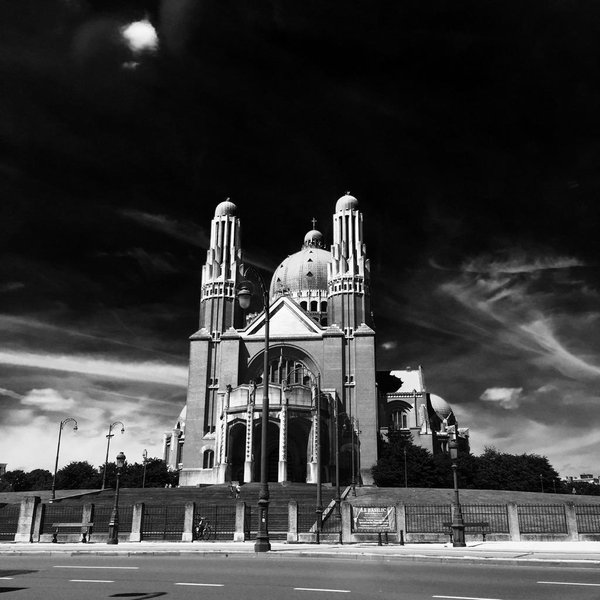
Brussels - 5 June 2015 Basilique de Koekelberg - 5 August 2015
Q: You spent 25 years working in the financial sector. Why did you quit and become an artist? How did your work experience influence you, both as a person and an artist?
A: My financial sector experience helped me understand the business aspect of the art world. It’s an asset class. And like any start-up, the product alone is often not enough. You need the right leaders, the right timing, and the right financing.
Art advisors are like your typical private equity fund managers, always on the look-out for the next big thing. Your product/art is either in trend or not in trend. That basic understanding influenced me in the sense that since we live in a visual world, the demand for specific visuals is very high. One picture is worth a thousand words, as they say. From your typical website, to your press releases, or advertisement, you need the right visuals to attract and convince a potential client. The right art with the right business target is a win-win combination.

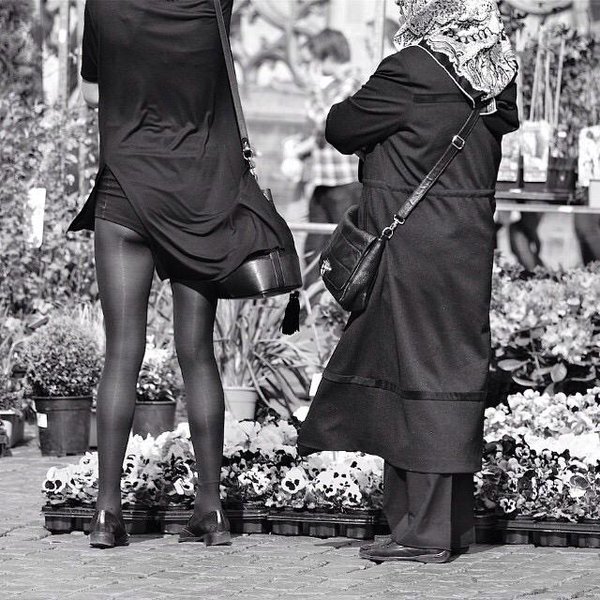
Gare du Midi - 10 November 2015 Grand Place - 18 August 2015
Art is special. On one hand it has value and on the other it has no value. You have created value because others have placed value on it. I think that from the moment that you create with your own gut, and you tell yourself you just created art, then that’s it. Only then will people value it. Anyone can for example take pictures today. But it is not as straightforward for an artist to impose a part of themselves into the art. That is where the real added value comes from.
Q: In your street photography, do you set up or search for specific scenes, or do you just capture random moments? Do you need to be ready all the time with the camera?
A: I do not look for scenes. They usually come to me. I learned to observe how people interact and to anticipate their next moves. For me the picture has to tell a story. Maybe that is why I like street photography so much and to capture scenes randomly.

Matongé - 6 September 2015
It’s all about capturing those moments that you know will never repeat themselves. Henri Cartier Bresson, considered by many to be the first street photographer, coined these moments “les moments décisifs”.
Am I always ready? Well, I always have a have camera with me.
Q: Which areas do you find most interesting in Brussels?
A: For a street photographer, the most interesting places to shoot in Brussels would be to walk from Palais de Justice, go down to Sablon, then head to Place Jeux de Balles and end up at the Grande Place. The size of the camera does not matter - it can be your smart phone. You will find at least ten good scenes to shoot.
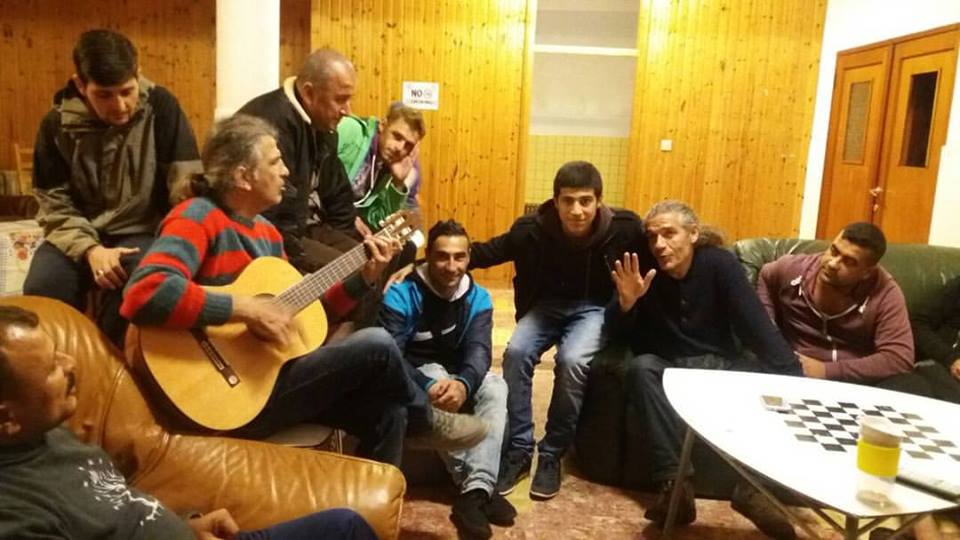
Palais de Justice - 12 June 2015
Q: You have captured many moments with images from the pedestrianisation project in the city center of Brussels. What has the feedback been?
A: Concerning the pedestrianisation project, I was able to go there several times and take some great street scenes. The feedback on the project was quite good. Of course, many people complained about traffic jams, but in reality Brussels has always had traffic problems. From my experience, locals and tourists love it. People talk to each other and play games on the streets. I see that the kids are having fun. In my opinion it was the right thing to do and I hope it will incentivise people to use the metro more.
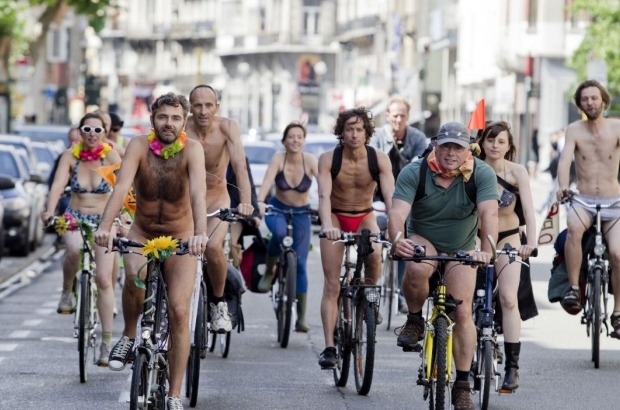
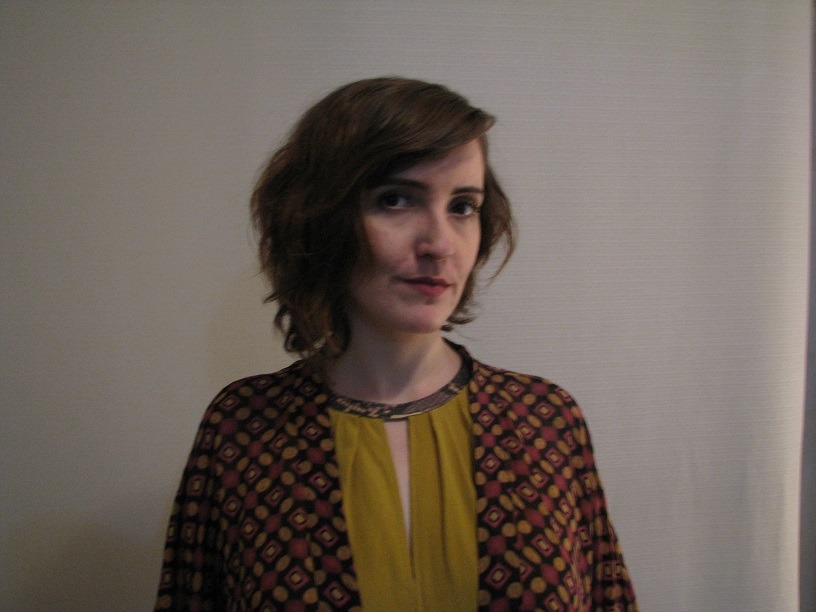
Brussels - 21 May 2015 Brussels - 11 May 2015
Q: What are your goals going forward and what do you want to achieve through your art?
A: When I started with just a Twitter account, it was more in reaction to a nasty report written by a French journalist for Liberation about Brussels being a dirty place. I said to myself, is this man blind? Since then my "Streets of Brussels" project on Twitter @Brusselspics has actually guided my next steps. Suddenly I receive requests for photo tours and to shoot photos of specific locations, and many tourists ask me questions. I get called for TV interviews and galleries around the world have also shown interest. So it’s taking an interesting and fun direction.
Going forward, I am planning to publish a book and after that the next step is probably portraits of local people in Brussels, artists, designers, business owners and more street stories. I have never had a real "business model” or goal but to just do more of what I love. To observe, to create and to tell stories.
By Boré Kedober

